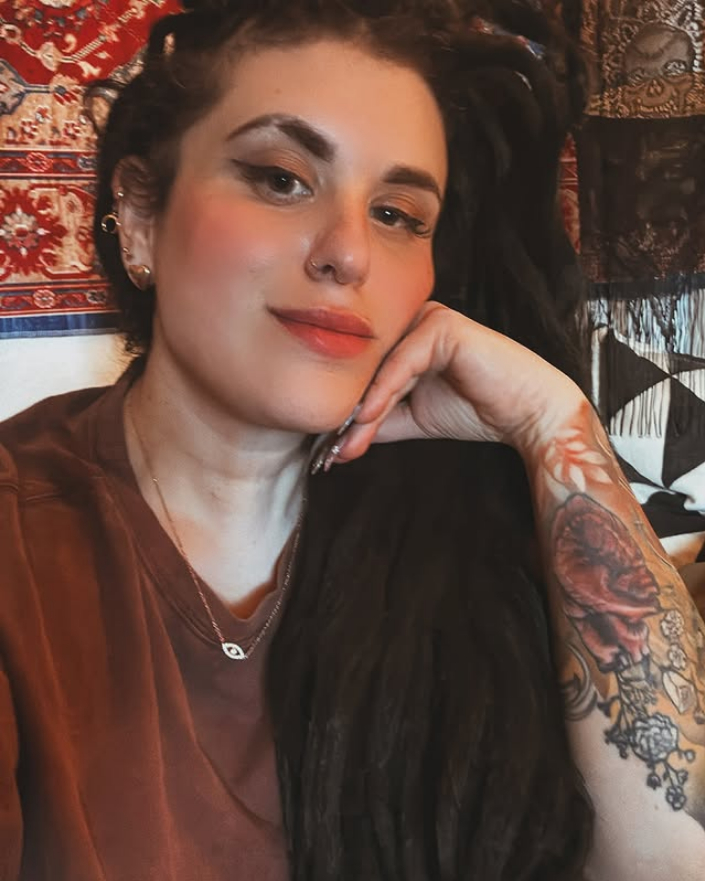We recently connected with Sarah Amarin and have shared our conversation below.
Alright, Sarah thanks for taking the time to share your stories and insights with us today. How did you learn to do what you do? Knowing what you know now, what could you have done to speed up your learning process? What skills do you think were most essential? What obstacles stood in the way of learning more?
Q. How did you learn to do what you do?
I am constantly learning actually! I mainly learned through a mixture of formal education and self-teaching, and a lot of curiosity. At the university level, I studied art and art education and a lot of that is what shaped my style and technique through experimentation on my own and asking myself the basic question “what if?”. I spent countless hours trying out different mediums, playing with color patterns and schemes, visiting galleries, reading books, using music as an inspiration and I just mostly observed the world around me all asking myself that one question, “what if”, and applied that to my experiments. What if I added more shadows here? What if I used charcoal instead of ink or what if I changed the pose of this character to look more menacing? That question shaped my curiosity and ability to be more creative in my approaches. I took all my observations of the world around me as part of my learning process. It’s been very much hands-on, very trial and error.
Q. Knowing what you know now, what could you have done to speed up your learning process?
To be honest, I wish I would have allowed myself to make more mistakes earlier in my art career and journey. I used to be so focused on getting things “perfect” or what would get others to like my work and that really held me back from taking much more creative risks. I still struggle at times for that perfection and I have to remind myself that the process isnt what the end looks like, but the process in between-that is where the success lies and what I learned during that is what matters. I also wish I would have networked with other artists sooner–getting feedback and constructive criticism while seeing how others approach their work can really accelerate growth and really inspire. Collaboration and critiques are really underrated and I wish I had applied more of that.
Q: What skills do you think were most essential?
Discipline and curiosity, above all. Absolutely technical skills are important, of course-like understanding the basics of using certain tools, color theory, principles of design, or basic composition-but those can be learned with practice and time. What really, truly matters is that drive to keep improving, the patience to make certain you practice, even when it’s so frustrating. Visual communication is also a major part in the arts too. Being able to explain your vision or connect with your audience makes such an impact in the end and your art more interesting and impactful.
Q: What obstacles stood in the way of learning more?
I think it is safe to say that self-doubt can be for sure the biggest challenge. The inner critic in all of us is always so loud when we want to try something new. Having the time and resources at hand is also a major factor–art supplies, classes, or just space alone to create is not always easily accessible. One of the largest obstacles, and I feel that everyone has encountered this, is the pressure to compare yourself to others, especially with social media. That can be paralyzing or both inspiring. It is so important to learn how to focus on your own growth and progress and not get discouraged when there is an obstacle ahead of you.

Awesome – so before we get into the rest of our questions, can you briefly introduce yourself to our readers.
Spooky Yeti Art actually started out as a dare from one of my previous students a few years ago while I was teaching. We were speaking on the value of art and what we as buyers place on art and I had been “dared” to sell one of my paintings, one I had been working on in class all semester with them. My first hypocritical thought was, “no way, no one will like my work!” but after I thought about it, I decided to give it a try and see what I doubted most about myself would actually be true. I started to vendor at every event possible, every weekend, while working full time. I would work around 12 hours a day, then come home, work again to start an inventory. I began my early work crocheting and drawing fan art, creating stickers, and that turned into me making silly videos and patreon services using humor, art, and my cats. After some time of this, I built a small community online, while teaching my students the basic fundamentals of creating a business and how to run one. Last year, all of this changed with a simple message from a person asking for a character commission for his character that he wrote. After much panicking and a few cups of coffee, I sent over his character’s portrait to him and from then on, I began working with authors, subscription book companies, writers, and independent publishing houses. Funnily enough, he was not just my first character commission but also my future business partner.
I’m most inspired by the excitement, connection, and love authors have for their creations. It’s contagious—when someone talks about their characters or world with that much passion, I can’t help but feel driven to do it justice. It is always so deeply personal, and I feel so honored to help bring that to life visually. There’s something really special about helping bring someone’s inner world into the real one. It is magical about translating the emotional core of a character or scene into art. Each commission feels like I am stepping into a new world and I get to not only be a guest, but its co-creator in a matter of a few days.
I always start by listening—really listening—to how they describe their world, characters, and the emotion behind their story. I really immerse myself in their world—reading the story, asking detailed questions, and picking up on the emotions they want to convey. I try to understand not just what things look like, but what they feel like to the author. It’s about translating the heart of their words into visuals that reflect the tone, atmosphere, and spirit of their imagination. I do ask a lot of questions, sometimes at the expense of my partner’s sleep schedule or for him to pull me away from a piece I have been working on non-stop for hours. I love when they share mood boards, passages, or even playlists that help paint a fuller picture. I want their world to be perfect from their mind visually. I also love to add small easter eggs into their work, like initials, foreshadowing, or even their pets names hidden somewhere in the artwork. From there, I let their words guide my imagination, aiming to capture the essence of their vision while adding my own artistic interpretation. My business partner continues to provide sketches, videos of me drawing for them, and keeps each client feeling safe, heard, and their ideas respected.
One challenge that is faced, especially with many new and independent writers, can be the amount they spend on their piece. My partner spends hours with each client to create a vision that they can safely and comfortably budget, with the same quality, even for a lesser price- is more important to me than sending them away.
One of the most rewarding parts of what I do is to see their reaction when the artwork reflects what they imagined, or even brings a new layer of depth to it, and it is incredibly fulfilling. It’s a shared celebration of creativity, and knowing I played a part in making their vision feel real brings me so much joy. It’s a beautiful collaboration, and I love knowing that my art helped make something meaningful come to life for someone else.
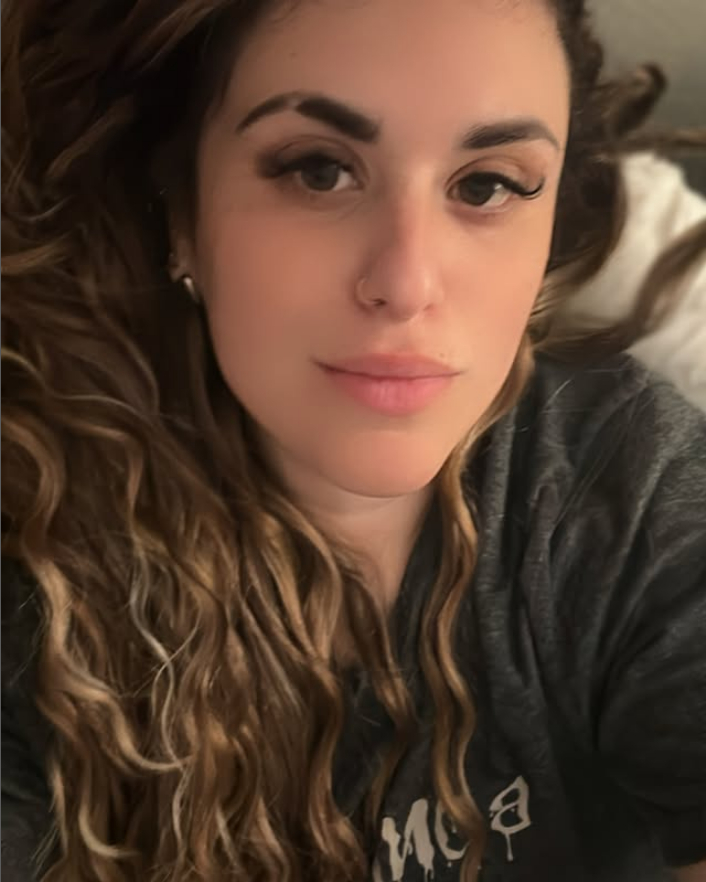
Do you think there is something that non-creatives might struggle to understand about your journey as a creative? Maybe you can shed some light?
Definitely. I think one thing non-creatives might struggle to understand is how much emotional energy goes into creating anything. The creative journey is not linear. It is full of doubt, setbacks, and invisible work–thinking, feeling, and experimenting before anything is actually made. It’s not just about making something that “looks”good—it’s about pouring a part of yourself into every piece, often without knowing if it’ll be understood, appreciated, or even seen. The vulnerability of that can be exhausting, but also incredibly rewarding.
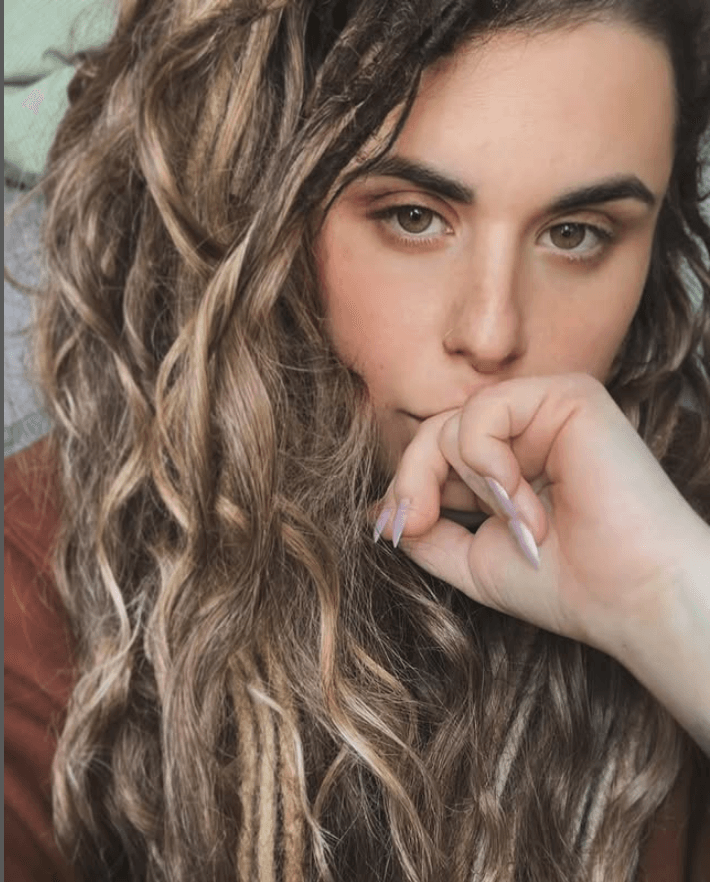
What’s the most rewarding aspect of being a creative in your experience?
For me, the most rewarding part of being an artist is seeing something that once lived only in imagination come to life—and knowing it resonates with someone else. It is so incredible to transform ideas, emotions, and stories into something tangible people can connect with. There is nothing like the feeling of someone seeing your work and talking about it. It is such a beautiful mix of self-expression and shared experiences–and that connection is everything! There’s so much joy in creating something that makes people feel seen, inspired, or simply smile. I’m incredibly grateful that I get to turn passion into connection, and that my art can be a bridge between someone’s story and the world.
Contact Info:
- Website: https://www.spookyyetiart.org/
- Instagram: https://www.instagram.com/spookyyetiart
- Facebook: https://www.facebook.com/spookyyetiart https://www.facebook.com/spookyyetiart
- Twitter: https://www.x.com/spookyyetiart
- Youtube: https://www.youtube.com/@spookyyetiart
- Other: Patreon: https://www.patreon.com/c/spookyyetiart
Tiktok: https://www.tiktok.com/@spookyyetiart


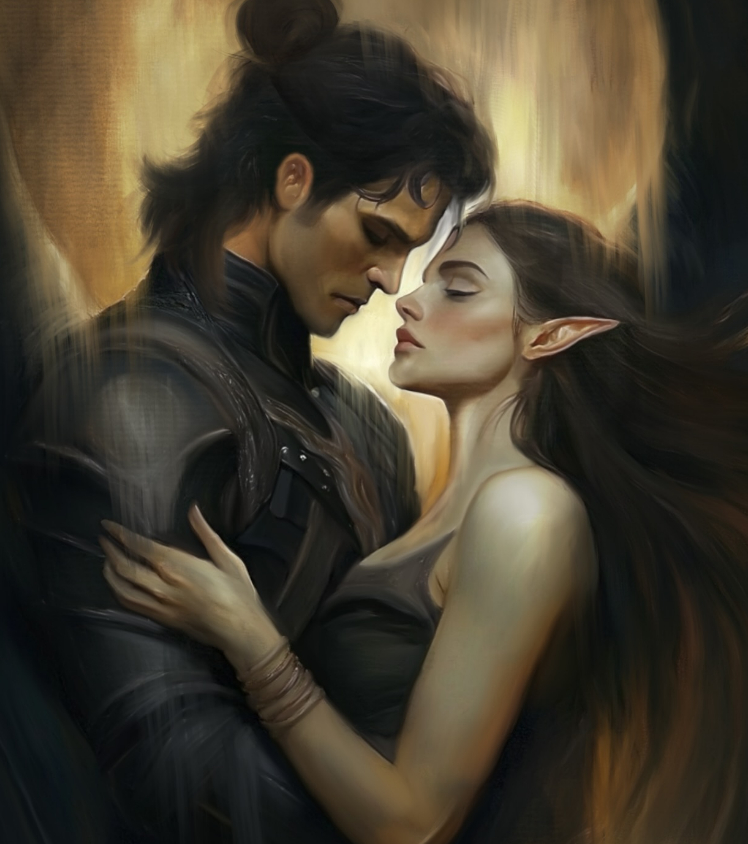
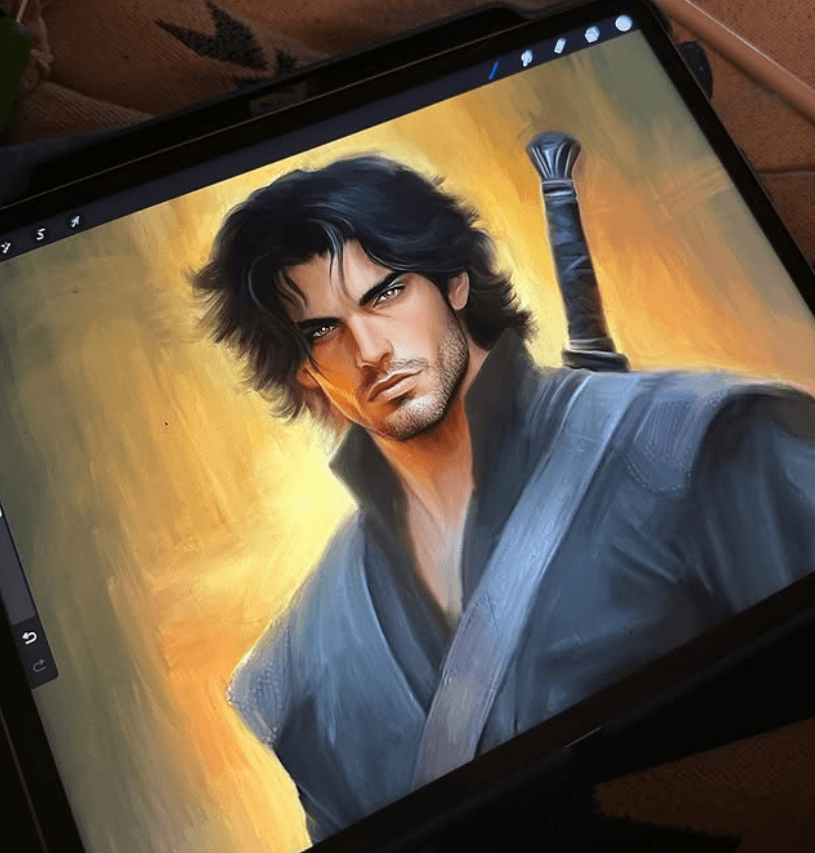
Image Credits
4 personal pictures, 1 studio picture, and one tattoo drawing with a cat, 2 commission pieces in progress and last one on an ipad


